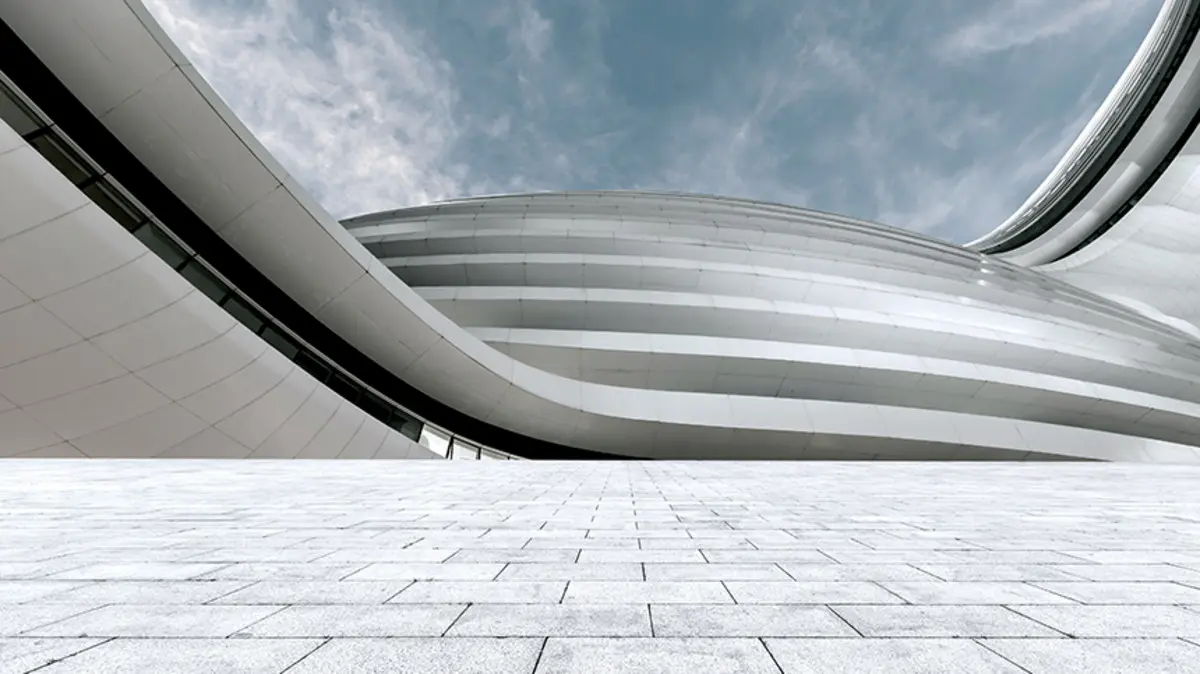Khorasani structures are among the most important historical buildings that are characterized by unique and distinguished design. These structures carry within them a lot of engineering and construction knowledge that has been developed over the ages. Khorasani structures are known for their durability, strength, and ability to withstand weather conditions, earthquakes, heavy loads, and pressures resulting from use.
To achieve this durability and strength, a precise design and structural analysis are carried out for Khorasani structures, using many advanced engineering techniques and technologies that have been developed over the ages.
Khorasani structures are characterized by circular, square, and rectangular designs, and these designs rely on the use of stone, clay, brick, and wood as basic materials in construction. These materials are characterized by durability, strength, and the ability to withstand heavy loads, and they provide effective thermal and sound insulation.
Structural analysis of Khorasani structures is carried out using many advanced engineering techniques and technologies such as engineering modeling, 3D structural analysis, finite element analysis, dynamic vibration analysis, structural analysis of live loads, flowing water, wind, and earthquakes.
The techniques of structural design for Khorasani structures rely on many important factors, such as optimal use of construction materials, precise design of walls, domes, columns, and foundations, as well as the development of structural support systems, improving thermal and sound insulation, providing natural lighting, and good ventilation.
Earthquakes are one of the most significant challenges facing Khorasani structures. Structural engineers have developed many techniques to help Khorasani structures withstand earthquakes, including the use of flexible materials such as wood, which reduces the impact of earthquakes on structures, the use of seismic isolators to absorb vibrations, and the development of new seismic-resistant designs.
In addition, Khorasani structures rely on the use of water for cooling and ventilation, and this is achieved through the use of wind catchers and water channels, which provide a natural cooling system for the structure.
Overall, the design and structural analysis of Khorasani structures are characterized by a combination of advanced engineering techniques, optimized use of construction materials, and a deep understanding of the unique challenges facing these structures. This has allowed Khorasani structures to survive for centuries, and they remain an important part of the cultural and architectural heritage of the region.
Can modern materials be used in the construction of concrete structures?
Of course, it is possible to use modern materials in the construction of Khorasani structures, and this does not contradict their cultural and architectural identity. Technological and scientific advancement in the field of architectural and structural engineering provides many modern materials that are characterized by durability, strength, and the ability to withstand heavy loads and external factors.
These materials include reinforced concrete, stainless steel, tempered glass, aluminum, modern insulating materials, advanced thermal and acoustic materials, and modern adhesives, which can be used in Khorasani structures in innovative and harmonious ways with the original architectural identity.
These materials can be used to strengthen and improve old Khorasani structures while maintaining the architectural and cultural identity of the region. They can also be used in the construction of new structures that represent an evolution of old Khorasani structures.
Modern materials can be used in the construction of Khorasani structures in harmony with the original design and structural engineering, by determining the most suitable places to use these materials and maintaining a balance between modern and traditional materials. Innovative engineering techniques and methods can also be developed to apply these materials optimally.
In addition, modern materials can be used to improve some of the engineering properties of Khorasani structures, such as improving thermal and acoustic insulation, reducing the weight of structures, and improving their resistance to seismic loads, which helps to develop these structures and improve their ability to survive and remain over time.




